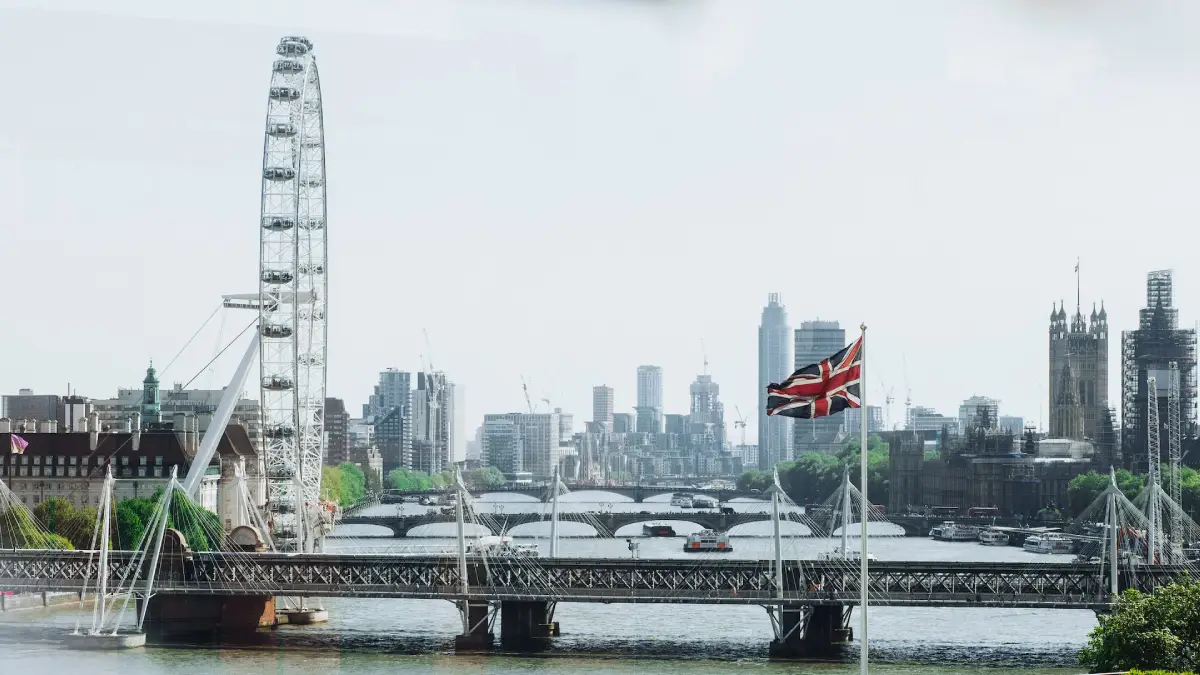
The utilization of steel in the construction industry has grown significantly over the years. Steel-manufactured structures have become increasingly popular due to their numerous economic advantages.
This surge in popularity is driven by the inherent strength and flexibility of steel, which allows architects and builders to create innovative and aesthetically pleasing structures that also offer exceptional durability.
Steel’s sustainability features and reduced long-term maintenance costs have further solidified its position as a preferred choice in modern construction practices.
This article explores the economic benefits of steel-manufactured buildings, with a focus on Return on Investment (ROI) and the broader financial implications.
Cost-Effective Construction
Steel’s cost-effectiveness is a primary driver of its widespread adoption in building construction. The efficiency of steel manufacturing processes, such as prefabrication and modular construction, reduces labour costs and construction time.
This results in substantial savings for project owners. Moreover, steel’s durability minimizes maintenance and repair expenses over the building’s lifespan.
Faster Construction Timelines
Time is money in construction, and steel significantly accelerates project completion. Steel structures are fabricated offsite and then assembled on-site, reducing construction time by up to 50% compared to traditional construction methods.
This rapid construction timeline not only reduces labour costs but also allows businesses to start operations sooner, generating revenue faster.
Enhanced Durability and Longevity
Steel’s exceptional strength and durability contribute to long-lasting buildings that require minimal repairs and renovations.
This longevity translates to cost savings over the building’s life cycle. Steel buildings are highly resistant to environmental factors, such as corrosion and extreme weather, further reducing maintenance costs.
Energy Efficiency
Steel-manufactured structures often incorporate energy-efficient design features. Steel’s flexibility allows for open and adaptable floor plans that facilitate efficient HVAC systems and lighting.
Further, steel’s reflective properties can reduce cooling costs by minimizing heat absorption, enhancing the building’s energy performance and reducing operational expenses.
Sustainability and Cost Savings
The sustainability of steel-manufactured structures extends beyond environmental benefits. Many governments and municipalities offer incentives and tax breaks for sustainable construction practices, including the use of steel.
These incentives can significantly lower the overall project costs and improve ROI.
Reduced Insurance Costs
The strength and durability of steel structures often result in lower insurance premiums. Insurance companies recognize the reduced risk of damage and the building’s ability to withstand natural disasters, leading to more affordable insurance rates.
This reduction in insurance costs adds to the economic benefits of steel construction.
Adaptability and Expansion
Steel-manufactured structures offer adaptability and expansion opportunities. Businesses can easily modify the structure to accommodate changing needs or expand their operations without the need for extensive renovations or new construction.
This adaptability minimizes future capital expenditures and enhances long-term financial planning.
Higher Property Values
Steel buildings tend to have higher property values compared to traditional structures. Their modern aesthetics and reputation for durability make them attractive assets in the real estate market.
This higher value can positively impact the owner’s financial position, whether for resale or as collateral for financing.
ROI and Beyond
The economic benefits of steel-manufactured structures extend far beyond the initial ROI. Businesses and property owners experience ongoing cost savings, enhanced property values, and increased profitability due to these structures’ durability, energy efficiency, and adaptability.
In conclusion, steel-manufactured buildings offer substantial economic benefits that extend well beyond their initial construction costs. The cost-effectiveness, faster construction timelines, enhanced durability, and energy efficiency of steel structures result in significant financial advantages.
Moreover, their sustainability, reduced insurance costs, adaptability, higher property values, and long-term cost savings contribute to a robust return on investment and a solid foundation for economic success.






